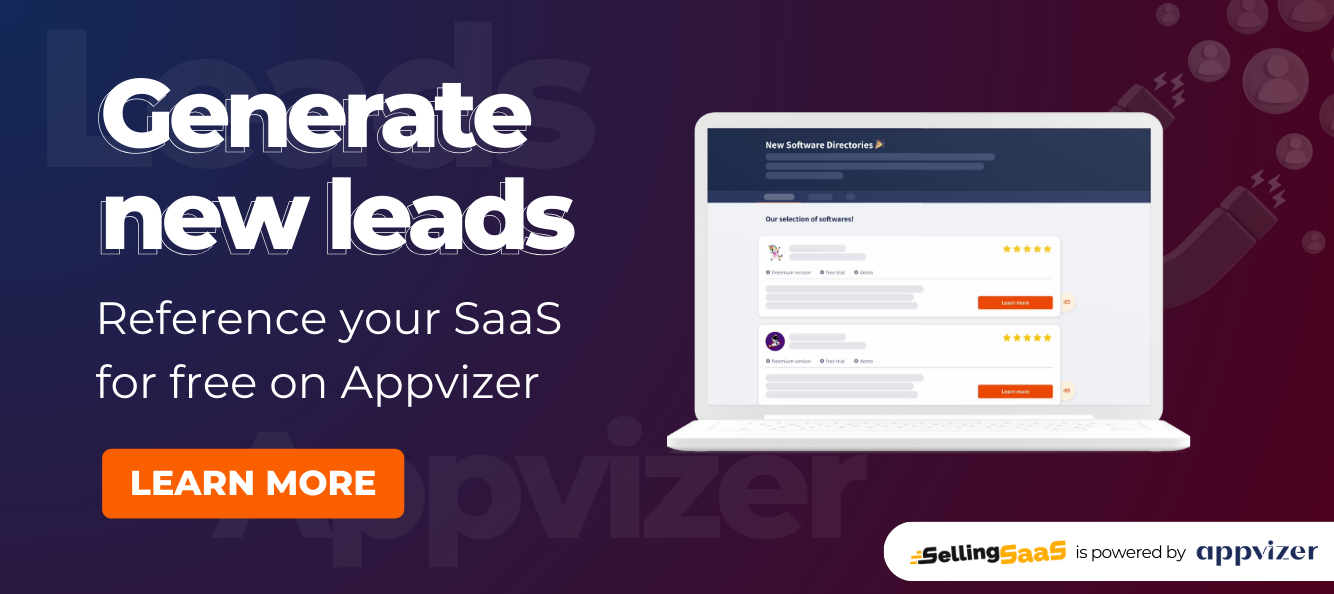Launching a new product, especially in the dynamic and competitive Software as a Service (SaaS) industry, requires meticulous planning and execution. This guide outlines the critical steps involved in preparing for a successful SaaS product launch.
Part 1: Preparing for a Successful Product Launch
a. Understanding the Market and Customer Needs
Before planning a launch, it’s crucial to have a deep understanding of the market. Conduct market research to identify customer pain points, preferences, and needs. Use tools like surveys, focus groups, and competitor analysis to gather insights. This research will inform your product development and marketing strategies.
b. Defining the Product Features and Value Proposition
Clearly articulate what your SaaS product does, its unique features, and how it solves customer problems better than the competition. Your value proposition should be compelling, concise, and aligned with customer needs identified in your market research.
c. Creating a Launch Plan Document
Develop a comprehensive launch plan document that outlines every aspect of the launch process. This should include goals, target audience, marketing strategies, timelines, budget, and team responsibilities. Use project management tools like Asana or Trello to keep track of tasks and deadlines.
d. Establishing a Cross-Functional Team and Assigning Responsibilities
Assemble a cross-functional team involving members from product development, marketing, sales, customer support, and other relevant departments. Clearly define each team member’s role and responsibilities in the product launch process to ensure cohesive and coordinated efforts.
e. Setting SMART Goals and Key Performance Indicators (KPIs)
Establish SMART (Specific, Measurable, Achievable, Relevant, Time-bound) goals for your product launch. Also, define key performance indicators (KPIs) such as sign-up rates, customer engagement levels, and initial sales figures to measure the success of your launch.
f. Developing a Timeline and Milestones for the Launch
Create a detailed timeline with milestones leading up to and following the launch. This timeline should include product development stages, marketing campaign rollouts, beta testing phases, and post-launch review meetings. Ensure the timeline is realistic and provides ample time for each phase of the launch.
Once the groundwork for a SaaS product launch is laid, the focus shifts to executing the strategy effectively. This phase is critical in bringing the product to market and requires precise coordination and implementation of various tactics.
Part 2: Executing the Product Launch Strategy
a. Building Buzz and Generating Excitement
- Teaser Campaigns: Start with teaser campaigns on social media and through email newsletters to generate curiosity.
- Influencer Partnerships: Partner with industry influencers to talk about your product, leveraging their audience to build excitement.
- Social Media Countdowns: Create a countdown on social media platforms leading up to the launch day.
b. Developing Marketing and Advertising Campaigns
- Targeted Ads: Use platforms like Google Ads and LinkedIn for targeted advertising campaigns.
- Content Marketing: Publish blog posts, infographics, and videos that highlight your product’s features and benefits.
- Email Campaigns: Send a series of emails to your subscriber list, detailing the upcoming product and its value.
c. Crafting Compelling Messaging and Positioning
- Unique Selling Proposition (USP): Emphasize your product’s USP in all communication.
- Storytelling: Use storytelling to connect with your audience emotionally and show the human side of your SaaS product.
- Consistent Brand Voice: Ensure all messaging aligns with your brand voice for consistency across platforms.
d. Enabling Sales Teams with Product Knowledge and Training
- Product Training: Conduct comprehensive training sessions for your sales team to ensure they understand the product inside out.
- Sales Collateral: Provide your sales team with up-to-date collateral such as brochures, presentations, and case studies.
- Role-playing Exercises: Use role-playing exercises to prepare the team for different customer scenarios.
e. Testing and Refining the Product for Quality Assurance
- Beta Testing: Conduct beta testing with a select group of users and gather feedback for refinements.
- Quality Assurance (QA) Checks: Perform rigorous QA checks to ensure the product is bug-free and user-friendly.
- Iterative Improvements: Make iterative improvements based on the feedback and QA results.
f. Establishing Distribution Channels and Partnerships
- Channel Partners: Identify and collaborate with channel partners for broader distribution.
- Affiliate Marketing: Set up an affiliate marketing program to incentivize referrals.
- API Integrations: Consider integrating with other platforms or services to enhance your product’s reach and functionality.
The post-launch phase is crucial for understanding the impact of your SaaS product in the market and making necessary adjustments for ongoing success. This final part of the product launch guide focuses on evaluating and optimizing your product and strategies based on real-world performance and feedback.
Part 3: Post-Launch Evaluation and Optimization
a. Monitoring Performance Metrics and Analyzing Data
- Tracking Key Metrics: Monitor important metrics such as user sign-ups, activation rates, churn rates, and daily active users.
- Analytics Tools: Utilize analytics tools like Google Analytics, Mixpanel, or Amplitude to gain insights into user behavior and product performance.
- Sales and Revenue Analysis: Assess sales data and revenue figures to understand the financial impact of the launch.
b. Gathering Customer Feedback and Addressing Issues
- Customer Surveys and Interviews: Conduct surveys or interviews with users to gather feedback on their experience.
- Support Tickets Analysis: Review customer support tickets to identify common issues or areas of confusion.
- Community Engagement: Engage with users on social media and forums to gather informal feedback and build community.
c. Continuously Improving the Product and Offering Updates
- Iterative Development: Use customer feedback to guide iterative development and improvements.
- Regular Updates: Release regular updates to the product, addressing bugs and adding new features.
- Change Log Communication: Keep users informed about product updates and changes through a change log or regular communication.
d. Evaluating the Success of the Launch Against Goals
- Comparing with Initial Goals: Measure the outcomes of the launch against the initial SMART goals and KPIs set in the planning phase.
- ROI Analysis: Evaluate the return on investment (ROI) of the launch, considering both direct and indirect costs and revenues.
- Stakeholder Feedback: Gather feedback from internal stakeholders, including sales, marketing, and product teams, to get a holistic view of the launch’s success.
e. Planning for Long-Term Sustainability and Growth
- Long-Term Strategy: Develop a long-term strategy for product growth and customer retention.
- Market Trends Monitoring: Keep an eye on market trends and competitor activities to stay relevant and competitive.
- Customer Loyalty Programs: Implement customer loyalty or referral programs to encourage long-term engagement and organic growth.
Conclusion
The post-launch phase is not the end, but rather a new beginning in the life cycle of a SaaS product. By effectively monitoring, analyzing, and responding to data and feedback, SaaS companies can refine their offerings, improve customer satisfaction, and steer their products toward sustained success and growth in the competitive market. Continuous improvement, guided by real-world insights, is key to maintaining relevance and achieving long-term business objectives.


